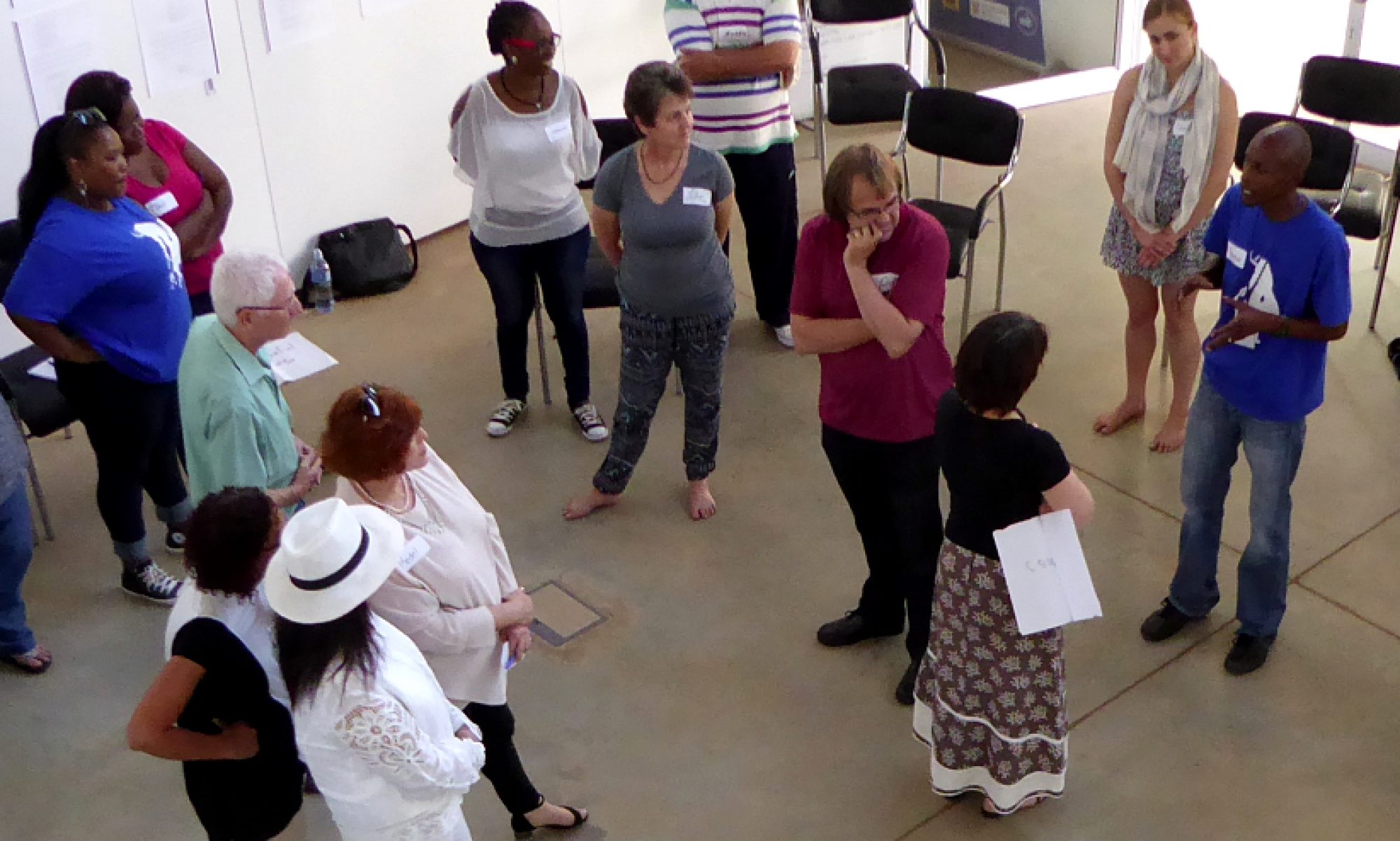Click here for more information about our Team Innovation through Improvisation Workshops.
Control
There must be a lot of give and take in a team in order for the team to be innovative. One person cannot have all the control while the rest just follow instructions. It is therefore a fine balancing act between taking control and giving up control. Taking control is about taking initiative, while giving up control is about letting go of your own idea when it is no longer serving the bigger picture. Some people are natural control freaks (or more commonly referred to as a natural leader) others are natural fence sitters (commonly referred to as natural followers). Both control freaks and fence sitters are often driven by fear and a lack of trust. I believe that the art of leadership is about knowing when to take control and knowing when to let go. If you are a control freak you need to learn to let go and trust others. If you are a fence sitter you need to take initiative and trust your own abilities.
Quick exercise:
Let everyone pair up with another person and stand facing each other. Each pair should decide who will be A and who will be B. Tell them that A is a person looking into a mirror and B is the mirror. B should therefore copy A’s exact movement. The idea is not that A should try and outwit B by making sudden movements. The idea is that they work together and move like they are one so that an observer wouldn’t be able to see who is leading and who is following. After a few minutes let them switch. A is therefore now the mirror and B the person looking into the mirror. After B had a chance to lead for a few minutes, tell them that they have to now both lead and follow at the same time. They are therefore both looking into the mirror and being the mirror simultaneously. Now it gets really interesting. For it to work both need to take the lead and give up the lead, give and taking control the whole time. When you get to that point you go into a state of flow in which you don’t even know anymore who is leading and who is following. It is in this state of flow that team innovation can truly thrive. You can try this exercise with your partner at home as well. In any healthy relationship there should be a constant give and take of control.
Click here to read part 1 – Introduction
Click here to read part 2 – Communication
Click here to read part 3 – Risk
Watch this space for parts 5, 6, 7 and 8



